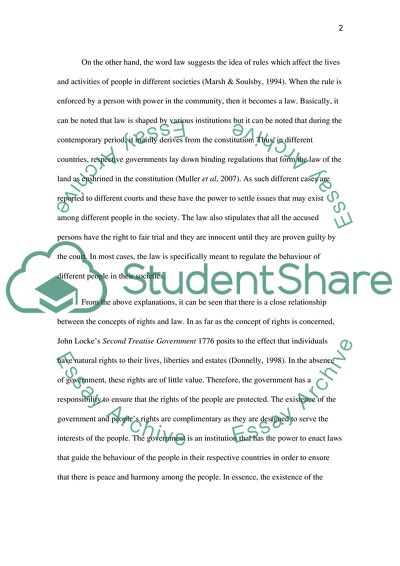Cite this document
(“Correlation between the concepts of rights and law Essay”, n.d.)
Correlation between the concepts of rights and law Essay. Retrieved from https://studentshare.org/law/1596253-correlation-between-the-concepts-of-rights-and-law
Correlation between the concepts of rights and law Essay. Retrieved from https://studentshare.org/law/1596253-correlation-between-the-concepts-of-rights-and-law
(Correlation Between the Concepts of Rights and Law Essay)
Correlation Between the Concepts of Rights and Law Essay. https://studentshare.org/law/1596253-correlation-between-the-concepts-of-rights-and-law.
Correlation Between the Concepts of Rights and Law Essay. https://studentshare.org/law/1596253-correlation-between-the-concepts-of-rights-and-law.
“Correlation Between the Concepts of Rights and Law Essay”, n.d. https://studentshare.org/law/1596253-correlation-between-the-concepts-of-rights-and-law.


